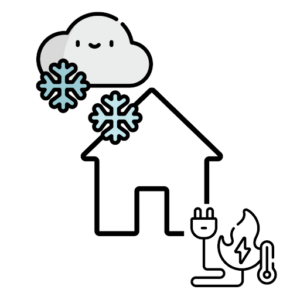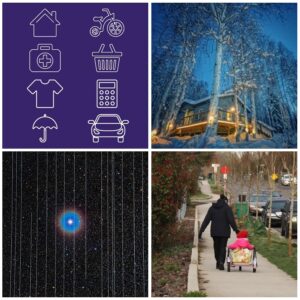-
Discover How AI is Utilized Across UW
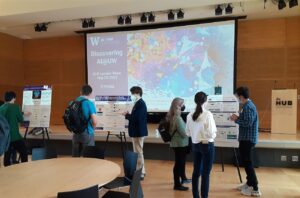
By: Louisa Gaylord Earlier this week, the eScience Institute co-hosted Discovering AI@UW, an event that brought together artificial intelligence experts from across the University of Washington campus to discuss their projects and how they intersect. Over 180 people attended the event, both streaming online via zoom and in person in the Lyceum Room of the…
-
Evolving the Hackweek Model with ICESat-2 2022
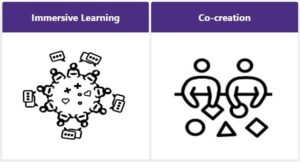
By: Scott Henderson and Louisa Gaylord The eScience Institute hosts a variety of hackweeks every year, which are designed to immerse participants in collaborative project work around a specific topic. Hackweeks try to blend elements of a hackathon, where participants work collaboratively in project teams, with tutorials on a variety of data science topics in…
-
Python for Humanities: an Intro for Researchers

By: Louisa Gaylord Last week the eScience Institute and UW Libraries Open Scholarship Commons co-hosted a workshop called “Python, your personal research assistant” for participants studying the humanities to explore the Python programming language and how to use it as a tool to aid in qualitative humanities work. Led by eScience Technical Education Specialist Naomi…
-
Mapping Fungal Relationships in Trees
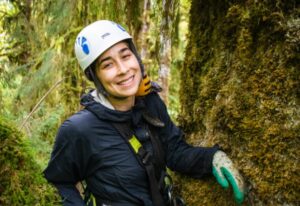
By: Louisa Gaylord Korena Mafune is a 2021 Washington Research Foundation postdoctoral fellow in the University of Washington’s Department of Civil and Environmental Engineering, where she studies the symbiotic interactions among plants, fungi, and bacteria. She received her PhD from UW’s School of Environmental and Forest Sciences, where she studied the root-associated fungal communities of old-growth…
-
Mapping Fungal Relationships in Trees
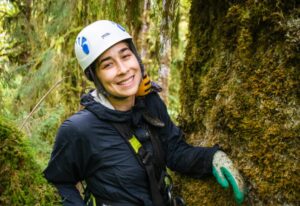
By: Louisa Gaylord Korena Mafune is a 2021 Washington Research Foundation postdoctoral fellow in the University of Washington’s Department of Civil and Environmental Engineering, where she studies the symbiotic interactions among plants, fungi, and bacteria. She received her PhD from UW’s School of Environmental and Forest Sciences, where she studied the root-associated fungal communities of…
-
Patterns of COVID-19-related mis/disinformation on Twitter: themes of mis/disinformation and data visualizations
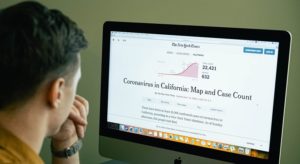
Project Lead: Katie Gonser, Jackson School of International Studies eScience Liaison: Jose Hernandez This project looks at COVID-19-related mis/disinformation in Louisiana and Washington state during the first two surges of the pandemic. Part of a broader collaborative study between social scientists at the University of Washington and computer scientists at Louisiana State University (LSU), this research…
-
Geometry of Color: Connecting spectral topography of the central cone photoreceptor mosaic to functional limits of the human trichromatic visual system
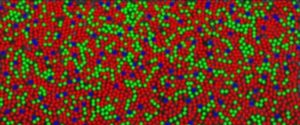
Project Lead: Sierra Schleufer, Neuroscience eScience Liaison: Bryna Hazelton Humans experience remarkable visual acuity among mammals thanks to a retinal mosaic in which cone photoreceptors sensitive to three spans of the visual spectrum are increasingly concentrated toward the central visual field. Our trichromatic vision allows us to discriminate hues along two spectrally opponent axes in addition to…
-
Climate Refuge in Urban Areas: Using Spatial Data to Identify Risk and Benefit Tradeoffs

Project Lead: Rebecca Neumann, Civil & Environmental Engineering eScience Liaison: Spencer Wood and Scott Henderson In Washington State, climate change is causing more frequent summer water shortages, wildfire, flooding, poor air quality, heat-related illnesses, respiratory illnesses, and mental health stress. Socially and economically disadvantaged people are disproportionately impacted by these changes. Given these disproportionate impacts, there is a…

